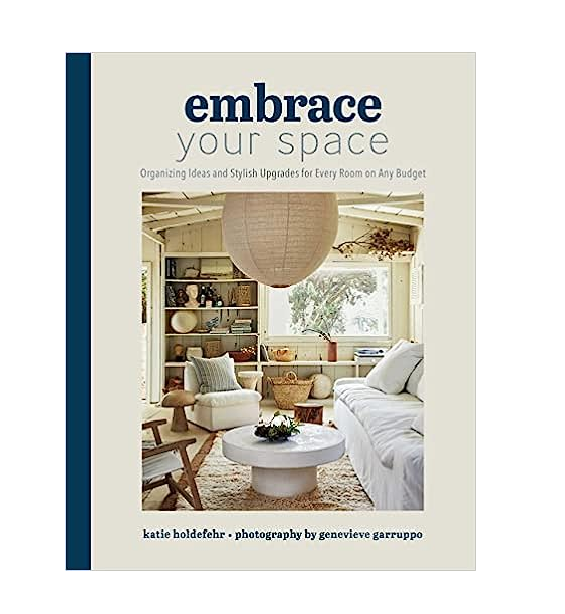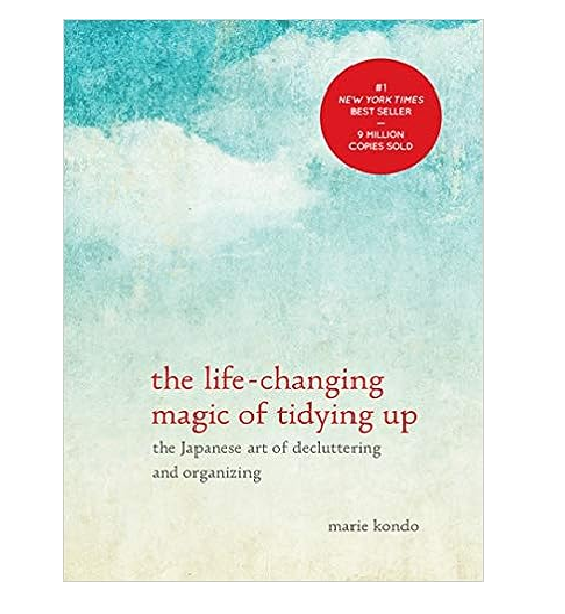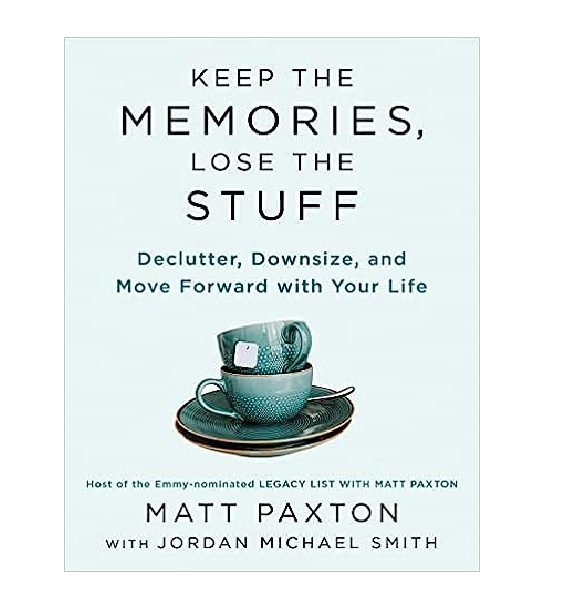5 things people who regularly "downsize their stuff" want you to know - these are the secrets to a less-cluttered home
Minimize the amount of clutter in your home and by following these downsizing tips from the experts


Downsizing is a word often used to describe the process of moving from a larger property to a smaller one. However, whether you’re moving to another property or not, downsizing our belongings is something a lot of us could benefit from.
When it comes to how to declutter your home, the fear of getting rid of stuff and regretting it later can often stop us from committing to this process. Be prepared and be sure to follow our expert tips to make sure you’re able to downsize your stuff without compromising on your style or aesthetic.
1. Acceptance is key
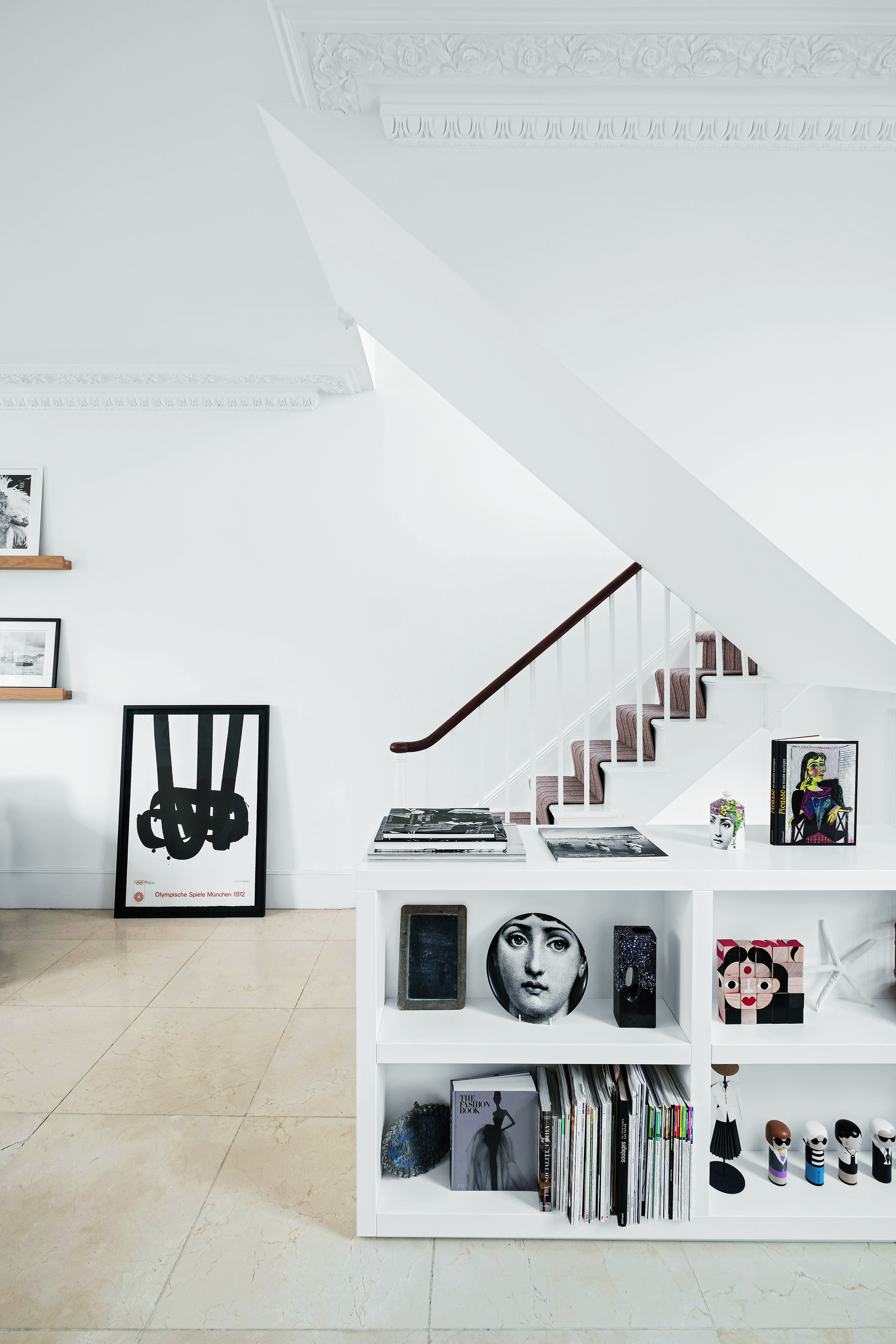
The first step to downsizing is accepting that it must be done in the first place. If you’ve become overwhelmed by how to organize a room with too much stuff, then it’s more of a need than a want. Ben Soreff, Professional Organiser at House to Home Organizing explains that ‘downsizing is about accepting and embracing why you are downsizing in the first place. Acceptance is a large part of the transition’.
‘We have seen older adults who have multi-generational items in their homes,' Ben adds. 'They used to have large parties or dinners with 20 people or more on a regular basis and clients tend to want to keep all the entertaining items and this becomes a challenge’.
It’s important to have the ability to let go of items when it’s clear they are no longer needed.
2. Do you actually use it?
Downsizing is all about separating the items that you need and use from the items that no longer serve you. ‘We want to base everything on frequency of use. How hard is it to get again and how expensive,' explains Ben. 'These questions come in handy when considering storage ideas. Often if someone has lived in their space for a long time there is a large volume of stuff.’
‘The attic and basement may have not only the homeowners items, but items from their grandparents, parents and then on the flipside, items from their kids and possibly grandkids’. You have to be brutal and either donate or get rid of these multi-generational items if they’re no longer of use to you.
3. Curate your clutter

Getting rid of your belongings can be an emotional detachment. To make sure you aren’t compromising on style once you’ve decluttered, be sure to take time to curate your items in a conscious way. Joshua Smith, Principal and Founder of Joshua Smith Interior Design says ‘to live our busy lives with family, kids, and pets, there's bound to be a lot of stuff! The important thing to keep in mind is how you corral the clutter, or in a collector's case, how you curate it’.
‘If you have clutter on your mind, you’re going to be more stressed out, and if you have clutter in your home, it’s going to be even worse,' Joshua adds. 'Every time you see that pile of clutter, those negative hormones are going to release and feed into an unwanted stress cycle’.
Curating it in a beautiful way will encourage you to downsize and to keep the things that enlist happiness.
4. Be proactive
To avoid being too ruthless when it comes to how to declutter a room, try and be aware of continually downsizing. When you introduce something new to your home, consider what you could perhaps get rid of at the same time. Joshua suggests ‘making a habit of clearing clutter as you come across it and being proactive in putting things away. These small organizational actions can help you from blocking your joy in everyday life’.
Downsizing also doesn't mean getting rid of every tiny item in your home. It can often mean finding the appropriate spot for something.
5. Leave negative space
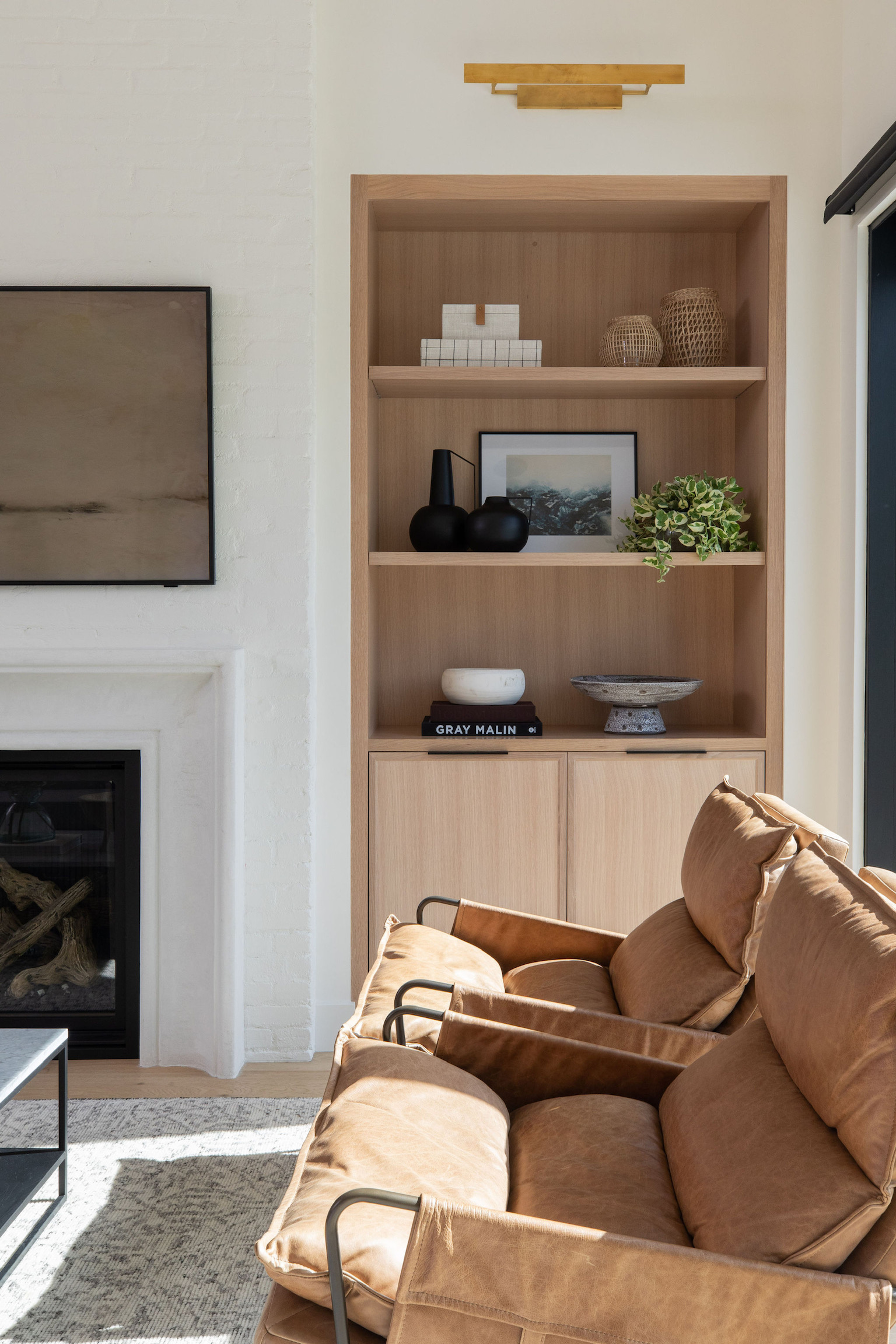
How we decide to display our possessions once we’ve downsized can be the difference on whether our space looks considered or cluttered.
Joshua insists on leaving negative space in interior design. ‘All those tchotchkes collected from travel or as gifts likely have a significant meaning to you and will only enhance the beauty you see in your home if displayed properly,' he says. 'When arranging your trinkets, be sure to leave negative space for the eye to wander and breathe’.
Be The First To Know
The Livingetc newsletters are your inside source for what’s shaping interiors now - and what’s next. Discover trend forecasts, smart style ideas, and curated shopping inspiration that brings design to life. Subscribe today and stay ahead of the curve.

Becca Cullum-Green is a freelance interiors content creator and stylist. She fell in love with interiors when she landed her first job as an editorial assistant at a leading UK homes magazine fresh out of university. You can find her renovating her 19th-century cottage in the Suffolk countryside, consciously trying not to paint every wall with Farrow and Ball’s ‘Pitch Black’. Her signature style is a mix of modern design with traditional characteristics. She has previously worked for House Beautiful, Grand Designs, Good Housekeeping, Red, Good Homes and more.
-
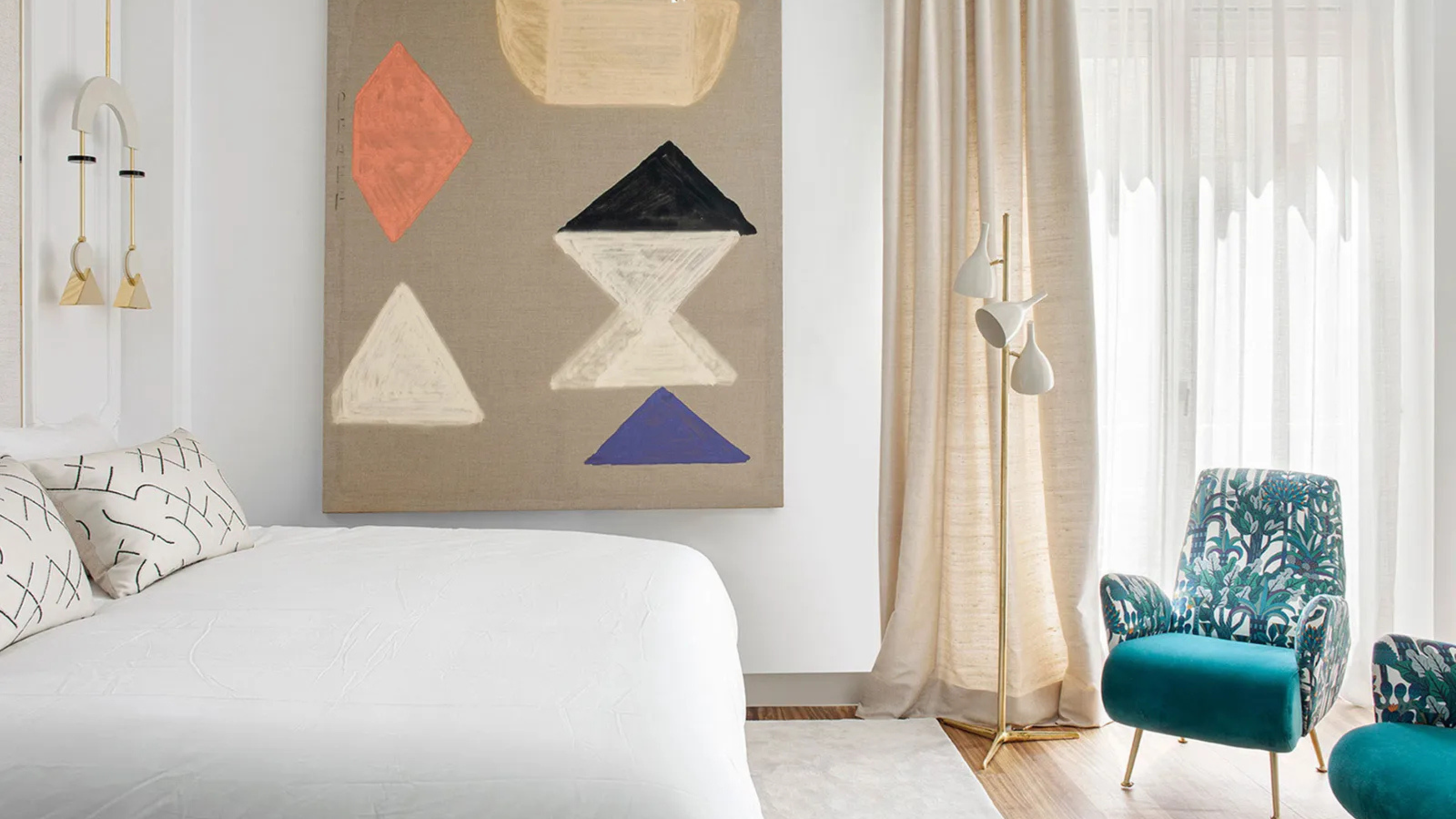 Sateen vs Percale Sheets — What's the Difference, and Which Are Better?
Sateen vs Percale Sheets — What's the Difference, and Which Are Better?Who would have thought a simple weave pattern could make all the difference to your sleep
By Devin Toolen
-
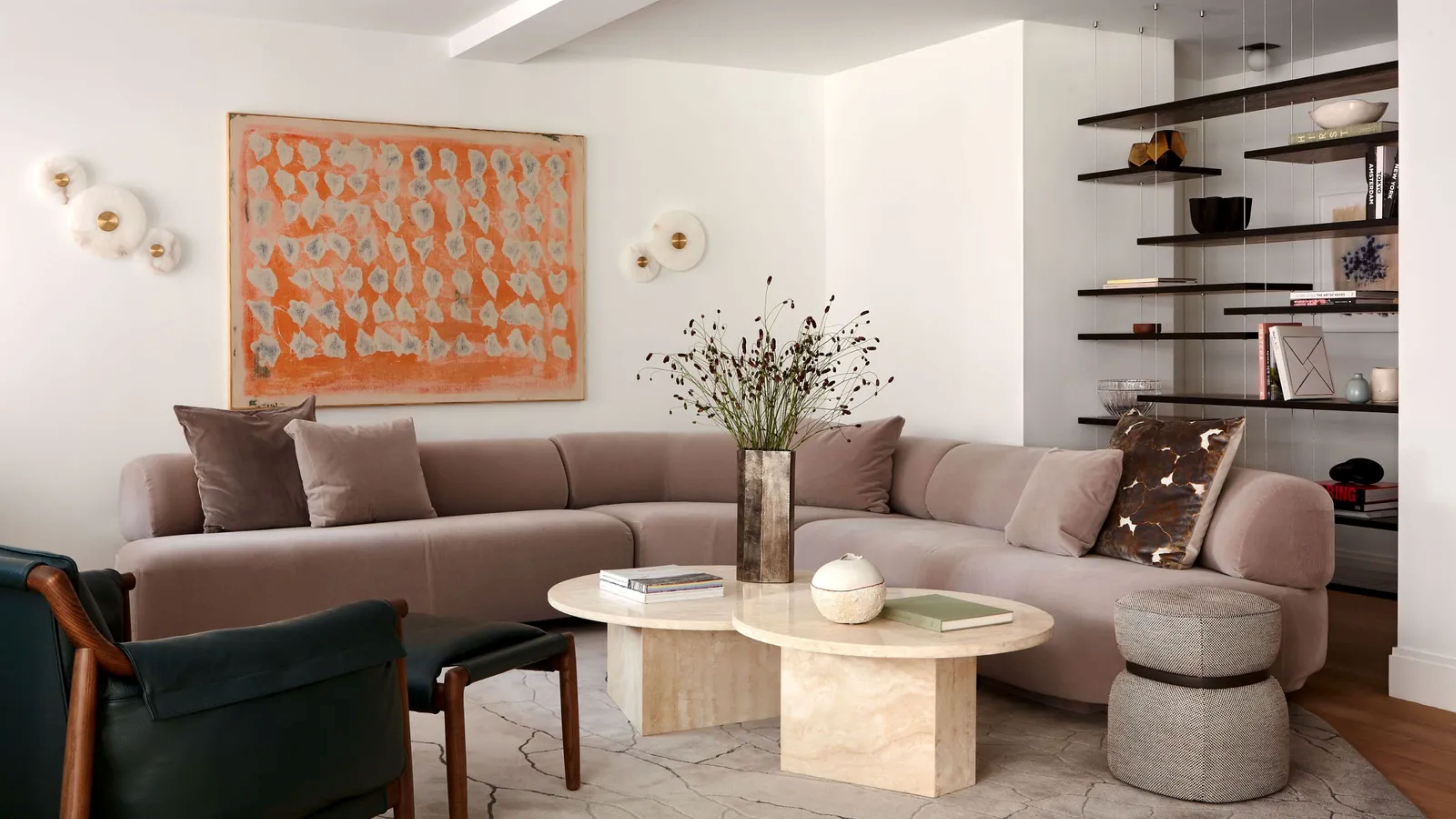 I Asked Interior Designers to Share the Worst Design Trends They've Seen on Social Media — And What They Want to See Instead
I Asked Interior Designers to Share the Worst Design Trends They've Seen on Social Media — And What They Want to See InsteadJust because something is trending, doesn't mean it's tasteful — from dupe-culture to OTT lighting, here's what designers hate seeing in homes
By Devin Toolen
